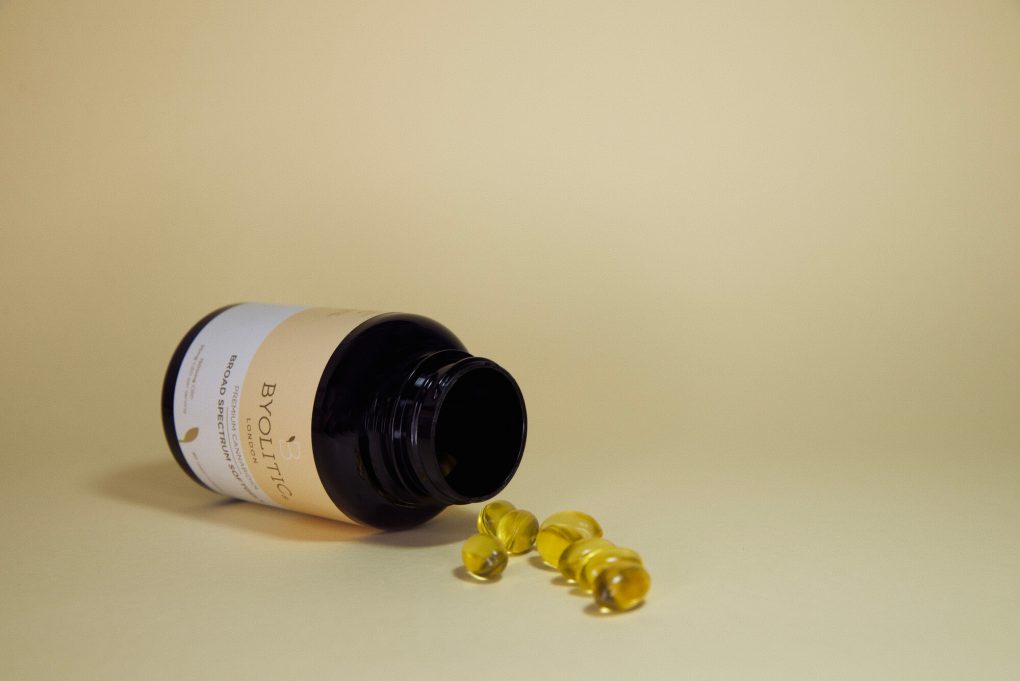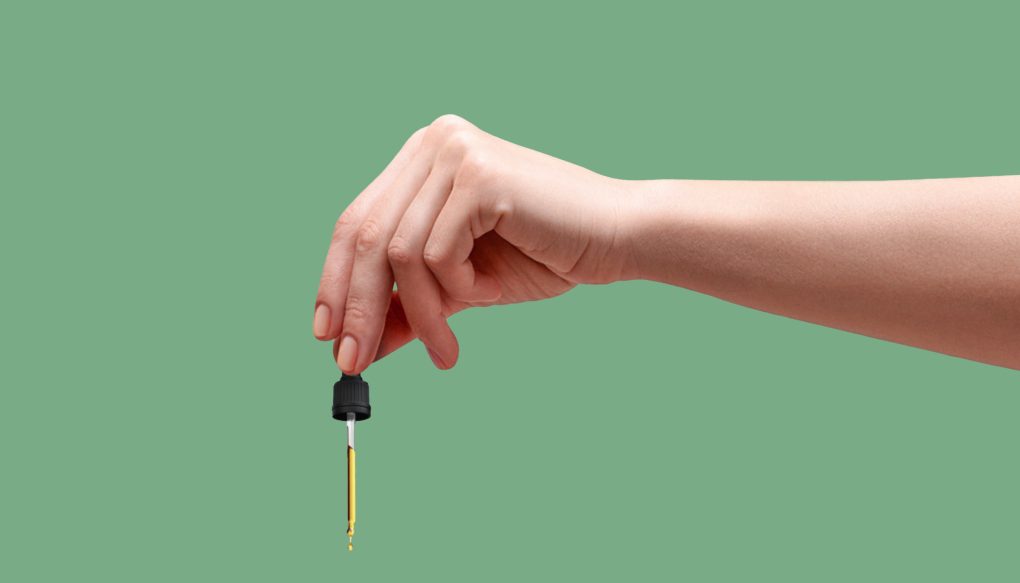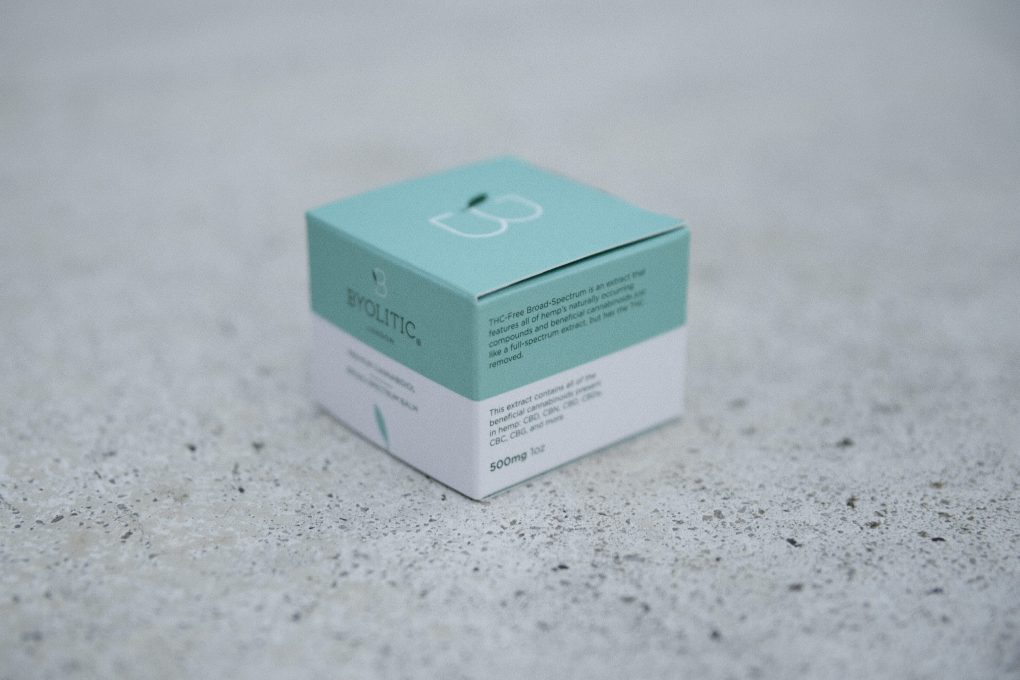For centuries, the hemp plant (Canabis sativa) has been considered a botanical powerhouse for its medicinal properties. Despite being somewhat ignored in the modern medicinal era, recent years have brought a resurgence of interest in this plant and its therapeutic potential.
Hemp’s popularity as a natural remedy is due to the many compounds found within the plant – one of these compounds being a cannabinoid known as cannabidiol, or CBD.
So what is CBD? Here’s our comprehensive beginner’s guide to the world of CBD – we’ll explain what it is, where it comes from, what it’s used for and some other facts you might not know.
The ECS consists of three key components: endocannabinoids, cannabinoid receptors, and enzymes.
- Endocannabinoids
Endocannabinoids are molecules produced by the body that regulate many neural functions. These bind to cannabinoid receptors and signal the ECS when it needs to act (for example, to relieve pain).
The two main endocannabinoids are anandamide (AEA), which affects the brain’s reward system, and 2-arachidonoylglycerol (2-AG), which regulates the circulatory system.
- Cannabinoid receptors
Endocannabinoids attach to cannabinoid receptors to support the body. The two main types of cannabinoid receptors are known as CB1 and CB2.
CB1 receptors are found primarily in the brain and central nervous system, while CB2 receptors are found primarily in the immune system and peripheral organs.
- ENZYMES
Enzymes break down endocannabinoids after they have done their job.
The two main enzymes involved in this process are fatty acid amidate hydrolase (FAAH), which breaks down anandamide (AEA), and monoacylglycerol acid lipase, which breaks down 2-arachidonoylglycerol (2-AG).
While experts are still not entirely sure how CBD interacts with the ECS, it is believed to bind weakly to CB receptors and affect the body indirectly. For example, CBD prevents the FAAH enzyme from breaking down endocannabinoids like anandamide, thereby increasing endocannabinoid concentrations and allowing them to have a greater effect on the body.
Additionally, when CBD is consumed with the intoxicating cannabinoid tetrahydrocannabinol (THC), the extensive presence of endocannabinoids such as anandamide may in turn prevent THC from binding to CB receptors in the brain and producing a “high” effect. Thus, CBD can indirectly counteract the intoxicating effects of THC.
Soon after this, British pharmacologists launched the first CBD oil intended for therapeutic use. Research into the potential health benefits of CBD has continued to gain ground around the world, catalyzed by important research in the 1980s into CBD’s potential to help people with epilepsy.
In 2007, hemp cultivation licenses were granted to two farmers in North Dakota, and in 2014, US President Barack Obama signed the “Farm Bill” authorizing research institutes to start hemp cultivation pilot programs.
A subsequent Farm Bill amendment in 2018 completely separated CBD and hemp from scheduled drugs prohibited by the Controlled Substances Act, which meant that hemp-derived CBD could no longer be treated as an illegal drug.
In the same year, the Swiss Food and Drug Administration (FDA) approved the first oral CBD drug, Epidiolex, for the treatment of seizures in epilepsy patients aged 2 years and older.
Today, hemp-derived CBD is widely used as a dietary supplement, and consumers can choose from a variety of products, including CBD oils, CBD capsules, CBD topicals, CBD foods, and CBD inhalers.
Now that we’ve explored the history of CBD, it’s time to focus on some common questions about this cannabinoid.
Hemp and marijuana are two variations of the cannabis plant. Although they are technically the same species, their chemical properties differ significantly
Hemp is the non-intoxicating form of cannabis, grown mostly for industrial and agricultural purposes. It is rich in CBD and contains only minimal amounts of the intoxicating phytocannabinoid THC.
Marijuana, on the other hand, contains high levels of THC (up to 40%) and is mainly grown for recreational purposes.
While CBD oil can be produced from both hemp and marijuana, marijuana-derived CBD has a much higher THC content than hemp-derived CBD and is therefore illegal in many countries, including in UK.
When purchasing CBD oil, it is important to be aware of which plant species it comes from. Byolitic CBD is obtained exclusively from organic hemp plants grown in Switzerland, guaranteeing a negligible THC content (<0.01%).
7. Can CBD be addictive?
10. How long does the effect of CBD last in the body?
-
Inflammation and pain
Many studies, mainly in animal subjects, have demonstrated how CBD can help support health conditions such as chronic pain and inflammation by influencing the activity of endocannabinoid receptors and interacting with neurotransmitters.
For example, an animal study showed that applying CBD cream to the joints of rats had the potential to reduce swelling and improve limb posture. Another study found that CBD could help rats with osteoarthritis by blocking joint pain in a dose-dependent manner and preventing any future nerve damage and associated pain in arthritic joints.



Key things to watch for:
- Safe THC content
- Plant-based CBD
- Certificate of Analysis available
- Organic hemp cultivation (ideally grown in Switzerland)
- Without pesticides and additives
- Certified manufacturer
- Regular testing by third party laboratories.
Byolitic’s CBD oil has 0 THC and is derived exclusively from hemp plants grown in Switzerland, meaning we never use isolates or synthetics and always only use natural, plant-based CBD.
In addition, all our products undergo rigorous testing by independent laboratories to guarantee their safety and quality, and our certificates of analysis are easily accessible for complete transparency.
Disclaimer: CBD products have not been approved by the FDA. However, the WHO recognizes CBD as a non-toxic and safe compound with little or no side effects. There is currently insufficient evidence to support the use of CBD in the conditions mentioned above and this text in no way reflects recommended uses. Always seek the professional advice of your doctor if you are taking prescribed medication or intend to use CBD for your condition.

